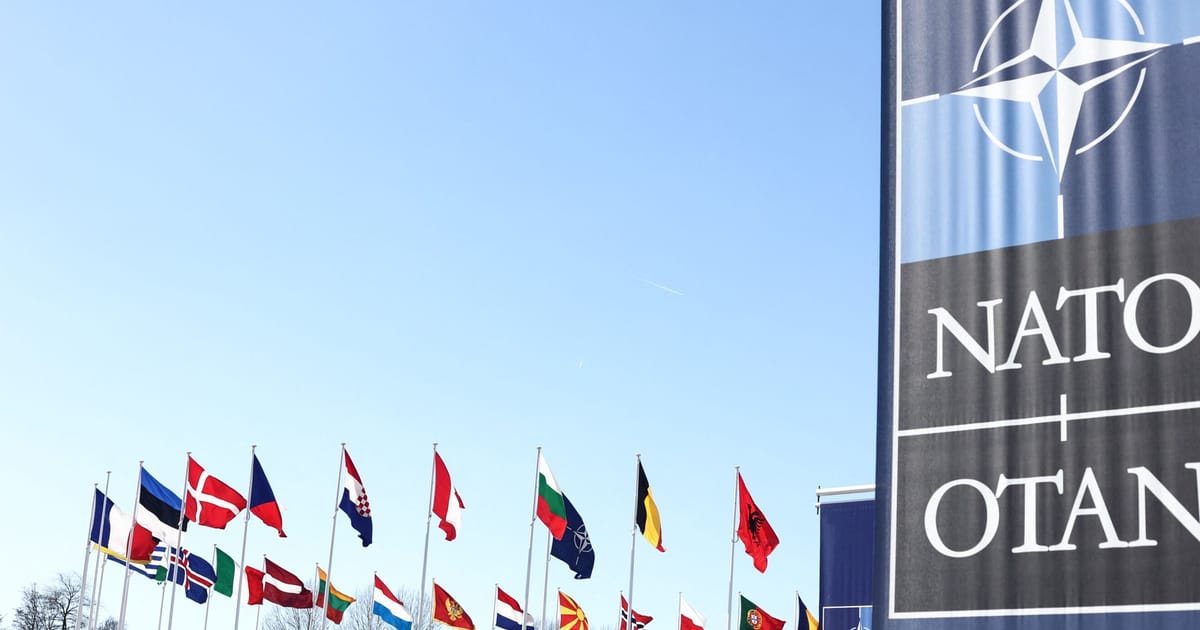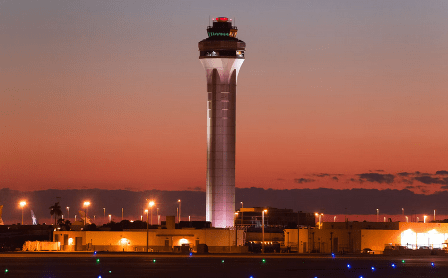There is a “significant risk” Russian could target critical infrastructure in Europe or North America, including gas pipelines and internet cables, as part of its confrontation with the West over Ukraine, a senior NATO intelligence official warned.
David Cattler, NATO’s assistant secretary general for intelligence and security, told reporters Russia was “actively mapping” the infrastructure of Ukraine’s allies both on land and on the seabed.
Moscow’s military and civilian intelligence services had “considerable resources” that Vladimir Putin could deploy for surveillance of infrastructure, “including the use of civilian ships and so-called spy ships,” Cattler added.
The threat posed to undersea gas pipelines that supply Europe was starkly exposed by the sabotage of the Nord Stream pipelines in the Baltic last September. Cattler said that undersea cables that carry 95 percent of internet traffic were also potentially at risk.
“We see a significant risk that critical infrastructure in Europe and potentially North America could be targeted by Russia as part of its war on Ukraine,” Cattler said.
“The Russians are more active than we’ve seen them in years in this domain,” Cattler said. “Their patrols in the Atlantic and throughout the Atlantic are most of the time at a higher level than we’ve seen in recent years.” Russian vessels were also “taking more risk” in the Baltic and North Seas, he added.
In the wake of the Nord Stream blasts, which are the subject of investigations in three different countries, NATO established a new “cell” at its Brussels headquarters to coordinate efforts to protect undersea infrastructure. None of the investigations have yet concluded who was responsible for the attack, but initial suspicion in Western governments fell on Russia. Danish authorities last week confirmed a sighting of a submarine-carrying Russian Navy vessel near the pipelines four days before the blasts last September.
The head of the new cell, Lieutenant General Hans-Werner Wiermann said that the Nord Stream incident had demonstrated the “clear and present danger our critical undersea infrastructure faces.”
The West’s reliance on such infrastructure is only growing, Wiermann added, with data flows through undersea cables increasing and the transition to green energy powered by offshore wind requiring more electricity to be transported to shore along the seabed.
NATO countries have stepped up naval patrols in response to the increased threat, Wiermann added, and militaries are more closely coordinating with private sector infrastructure operators to reinforce security.
“We have increased our vigilance and surveillance activities. We have significantly increased the number of ships patrolling the North and Baltic Seas. But we need to do more, “ he said.
Norway, which replaced Russia as Europe’s single biggest gas supplier last year, has said it is “closely” tracking Russian activity in its waters, which are home to dozens of gas and oil platforms and pipelines vital to Europe’s energy supply. Prime Minister Jonas Gahr Støre told POLITICO last week that Russia was “showing readiness to take more risks” with its naval activities in the region.
Cattler said that attacks on infrastructure could be viewed by Moscow as a way to “disrupt Western life and gain leverage over those nations that are providing support to Ukraine.”
“When you look at the evidence of their activities now, the places they are doing surveys, overlaid with this critical undersea infrastructure … you can see that they are at least signaling that they have the intent and the capability to take action in this domain if they choose,” he said.
Internet cables are seen as a key infrastructure vulnerability. “Few people are aware of just how dependent we are collectively on a limited number of fiberoptic cables that form the internet spine and electronically link our continents,” Cattler said, adding that there are only around 400 internet transmitting undersea cables in the world — and half could be designated “critical.”
“Altogether they carry an estimated $10 trillion worth of financial transactions every day,” he said. “These cables really are an economic lynchpin.”
This article has been updated to include more detail and context.




